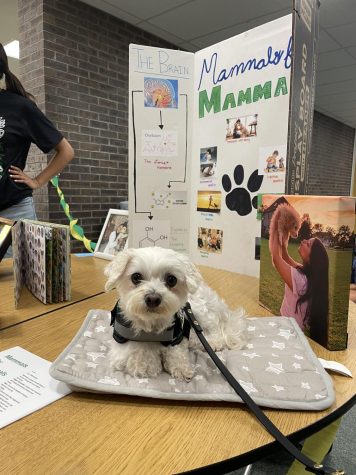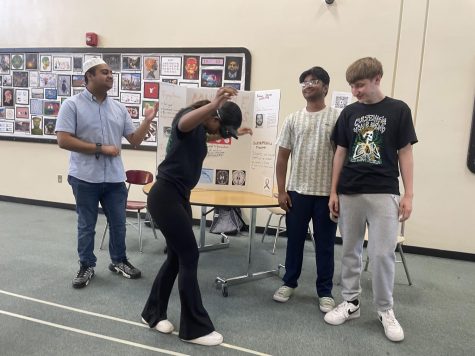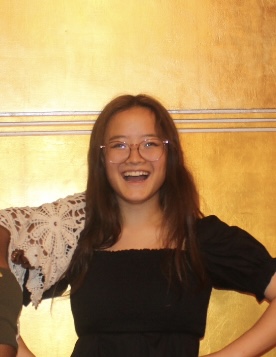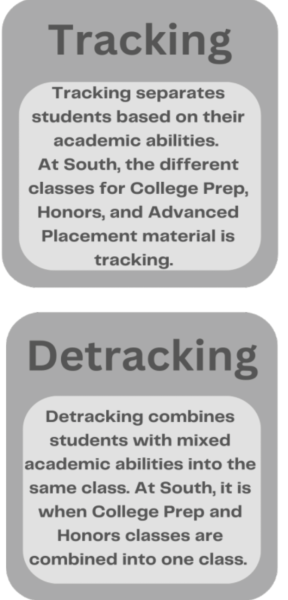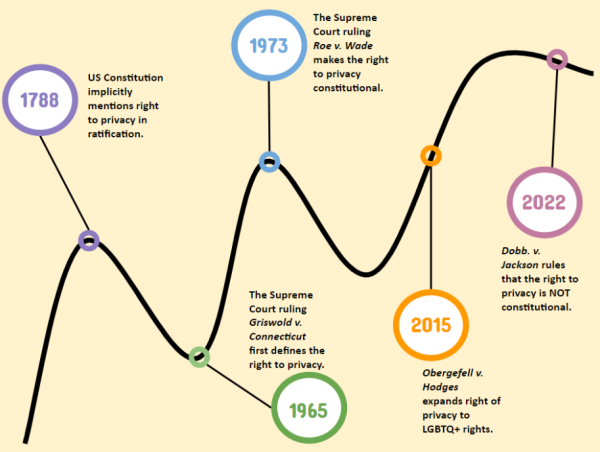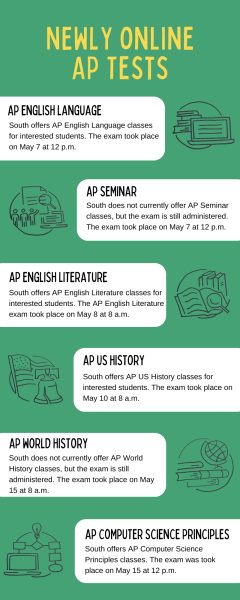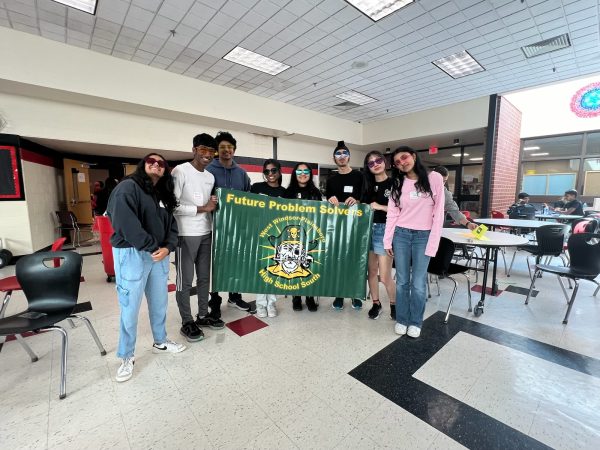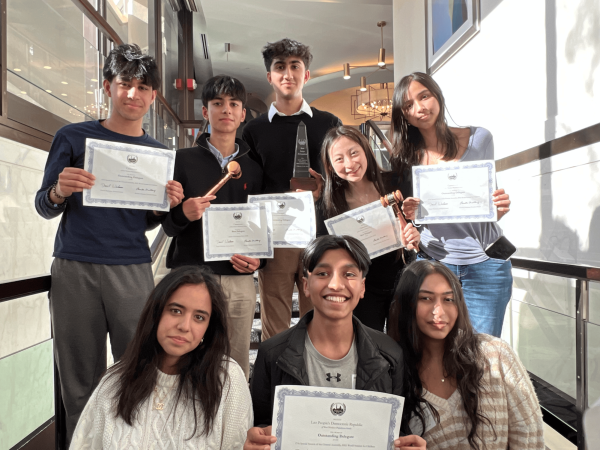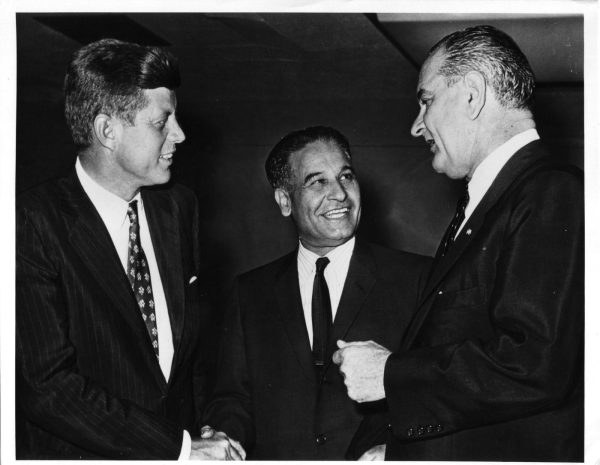Inside the Happy Museum: flex your muscle and mind
June 19, 2023
After a three-year hiatus due to Covid-19, South’s Happy Museum returned for its 8th year.Organized by Ms. Mary Jenoriki, Dr. Kate Heavers, and their brilliant students, the event showcased a stunning array of exhibits that explored the intriguing methods of bettering the body and mind.
Several weeks before the Happy Museum, students worked together in groups to pick a topic of interest. From weightlifting, to bracelet making, to completing an escape room, students explored the physical and physiological effects of various activities on the body and the mind. After many days of research and designing their presentations on posters, students finally presented their learnings to friends and family and anyone interested in cultivating their minds.
“The main purpose is to bring Science to life for other humans,” said Dr. Heavers, “with an understanding of how your body and your brain works, you can actually increase your well-being, your mental wellness, your overall happiness, and your longevity.”
South transformed into a brilliant and lively exhibition space. Inside the playhouse was a “Just Dance” and Limbo booth. In the senior commons were yoga and weightlifting classes. Near the Counselor’s office was a therapy dog station. Through the horseshoe was a trip down memory lane from the 80s to the 2000s. In every corner, there was an opportunity to expand your knowledge and experiment with ways in which you can better your health.
Zain Zaidi (‘24), one of the student organizers said, “It was really interesting to see all the exhibitions up and runningThe video game booth was especially fascinating because it has (START PAGE 2) always been thought that video games were bad for you. But here, I learned that they could actually be good for you if they were played in moderation”.
The event not only aimed to engage the attendees but also served as a valuable learning opportunity for the student presenters. Mahek Upadhyay (‘24), a presenter for the “Mammals for Mammals” exhibit, said,“Not only do we get to pick our groups, we got to choose something that we actually cared about. This project is also more hands-on than just sitting and learning about why animals make us happy. We got to do the research ourselves and explore the topic.” Ayaan Abdullah Navaz (‘23), Saif Nabi (‘23), and Mark Mazur (‘23) were presenters of an exhibition on multiple sclerosis (MS). They offered drunk goggles to attendees so that they could experience first-hand what it’s like to loose vision for those with MS. Completing this project was a bonding experience for this group. “We were able to make deeper and closer connections because [Mark’s] family relative has MS,” said Nabi.
Mazue said that the Happy Museum “was also good for us to understand MS since it’s something that we don’t usually think about. We got to learn about other people and what they have to face.”
The Happy Museum reminds us that education is not limited to the classroom, but extends beyond the traditional boundaries of textbooks and lectures. This type of project-based learning allows students to become active participants in their own education, to explore their passions, and to make a meaningful impact on their communities.
